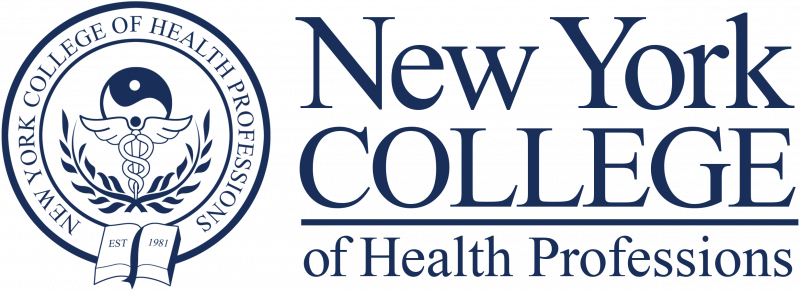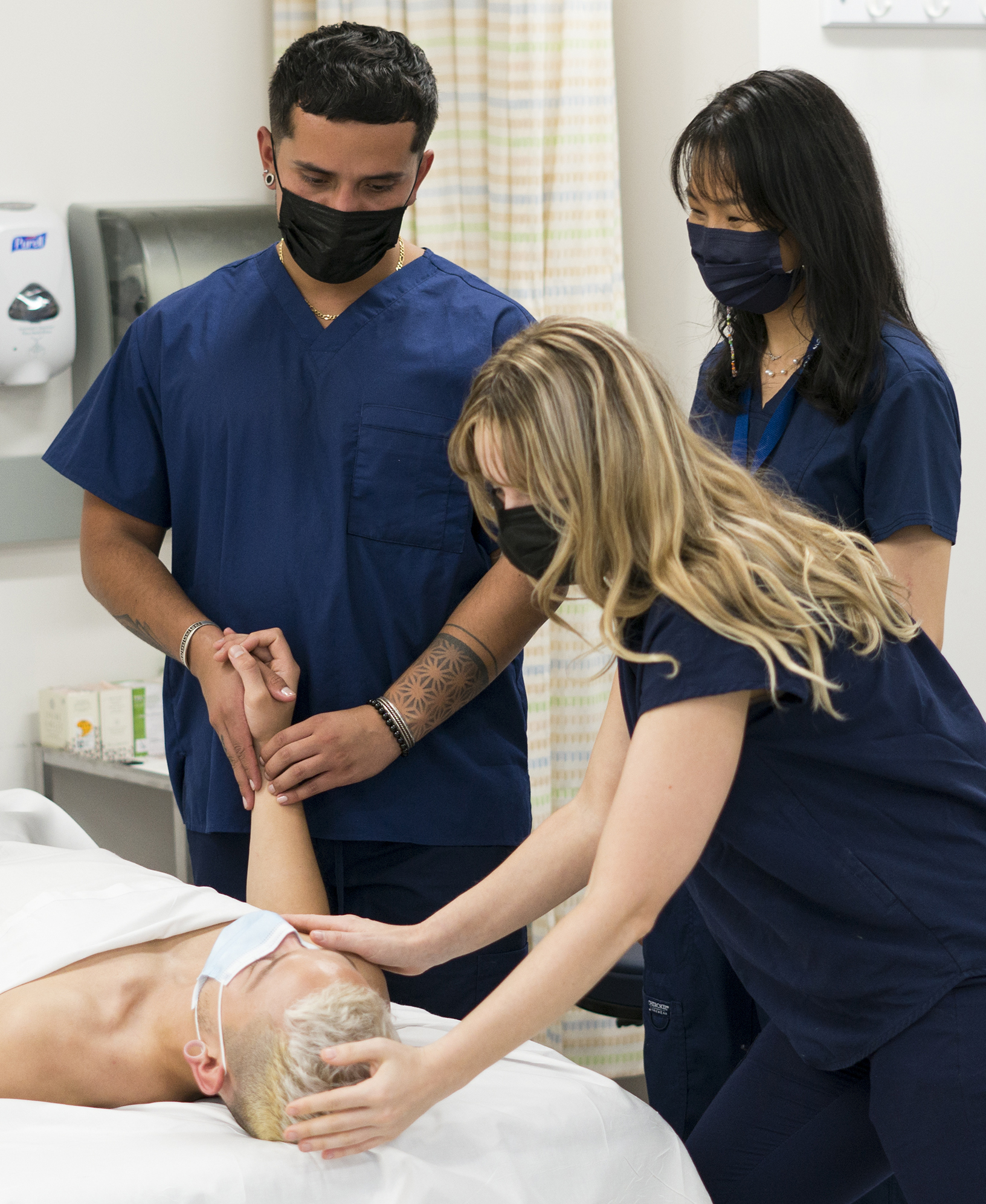Asian massage is part of an ancient healing system, rooted in the principles of Traditional Chinese Medicine (TCM). Whereas in the United States the use of massage for healing is relatively new, in China therapeutic bodywork has been an integral part of the medical system for thousands of years.
Tui Na or Shiatsu are extremely specialized forms of massage therapy that combine deep tissue manipulation with the application of pressure, friction and touch to specific points and the channels on which they are found. These channels are the pathways through which energy passes throughout the body. Asian Massage is rooted in the same fundamental medical principles as acupuncture and herbalism, focusing on the balance and movement of energy within the body. The techniques of Asian Bodywork aim to remove blockages and free the flow of energy in the body, thereby restoring, promoting and maintaining optimum health. While the acupuncturist inserts needles into the energy pathways to stimulate and move the energy, the Asian Bodywork therapist relies primarily on the sensitivity and strength of the hands to manipulate the life force, called “Qi” (pronounced “chee”).
Asian massage sessions last 50 minutes and may include herbal and exercise recommendations. Patients wear a gown or loose clothing and are treated on a massage table. These techniques have proven to be powerful therapies in patients of all ages for both prevention and treatment of disease. Our therapists have treated a wide range of conditions for over 25 years at the College’s clinics including traumas from sprains and strains, arthritis, hypertension, diabetes, gastrointestinal problems, circulatory disease, auto-immune diseases such as scleroderma, chronic fatigue syndrome, neuromuscular diseases, asthma and bronchitis. In addition, it is possible through preventive treatments, to build the immune system, promoting a healthier and longer life.

